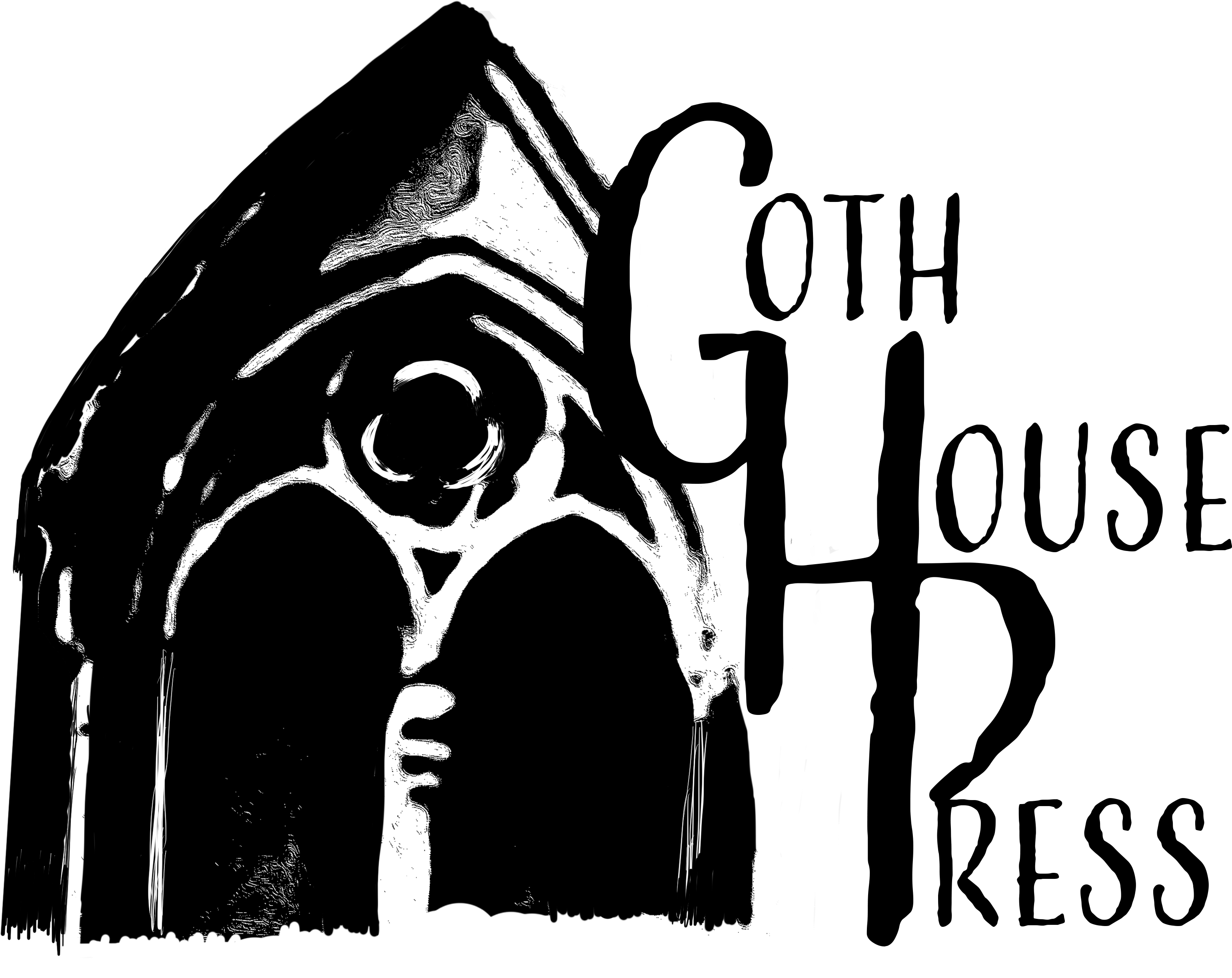Do you like werewolves better?
Not really. Look at my book collection — I have a ton of vampire fiction but very about werewolves or other shapeshifters, except as adjuncts to vampires. But that might be another thing driving this book. I’ve tried writing vampire novels — believe me, I’ve tried! — they weren’t very good. Maybe with vampires I never found anything new to say.
What did you find to say about werewolves?
Well, I mentioned the lycanthropy panel that got me interested in writing about werewolves. Then there was the folklore book that got me interested in writing specifically about Cajun werewolves. The final ingredient in the mix was the early 1980s TV show, The Incredible Hulk, with Bill Bixby. I absolutely adored that show when I was a kid. For the first time it occurred to me that it’s basically a werewolf story. So that gave me the emotional resonance that I was striving for.
One of the things on that show that worked for me was the tension between what the audience wanted to see and what the character wanted to have happen. Because the audience wanted to see Hulk Smash! And the audience trusted the Hulk to behave more or less heroically — to non-lethally smash only those who deserved it, to protect the innocent, that sort of thing. But David Banner didn’t trust the Hulk the way the audience did, in part because he was never able to watch the Hulk in action. And he hated the Hulk. The Hulk destroyed everything else in his life. He became this guy who can’t hold a real job, can’t hang around any one place too long, can’t get too close to people. He couldn’t even pursue science, which always seemed to me the greatest tragedy. Here’s a brilliant researcher who ends up working all these odd jobs and manual labor because of the Hulk thing.
Another thing that worked was the way that show used rage and anger. Now, a lot of werewolf stories use the rage metaphor — it’s probably the go-to metaphor for werewolves — but they’re usually working with a different kind of rage. You could call it “drunken barfight rage.” It’s a specifically masculine type of rage, and it’s triggered by nothing and serves no purpose. There’s a Jekyll-and-Hyde aspect to it. The werewolf could be trying to protect his girlfriend one minute, shapeshift, and then be trying to eat her. You can’t see the human personality in the wolf at all.
But in The Incredible Hulk, he always had really good reasons to get angry, and you could clearly see the Hulk sharing values with David Banner. But the Hulk was still dangerous. The Hulk threw temper tantrums on such a grand scale that innocent people could easily get hurt whether that was the Hulk’s intent or not.
So, that was the kind of rage metaphor I wanted. Righteous, maybe, but dangerous all the same.
Are wolves scary?
Yes and no. The problem with animal monsters — especially in movies and TV — is that animals are cute and we like them. Yeah, even an animal that could kill you. The big predators are just as adorable as everything else. So I think we get a sense in horror that we can’t show real wolves acting like wolves because then everybody’s going “awwwwww….” and it’s not scary.
But to me that paradox is the interesting part of an animal monster. I mean, what makes a real wolf scary? Partly that you don’t know what it’s thinking. You don’t know what motivates it. You can’t fully anticipate what it’s going to see as a threat. It’s a mystery, and mystery is scary. A real wolf can turn instantly from a friendly-seeming animal that you want to pat on the head, to a monster trying to rip your head off.
That’s what I was going for.
One of my influences was also these feral cats that we cared for in Bellingham as part of a catch-spay-release population control program. They got to know us very well, and would act almost like pets — rubbing themselves against our legs and purring and begging for treats and all the things pets do. But if you scared them, they would scratch you. And it would be incredibly sudden — half a second to go from purring to attack mode. Imagine that same unpredictability with a supernaturally strong animal the mass of a human. You could go instantly from awwwww to ARRRGH! The turn is what’s frightening.
Vampires vs. Werewolves — who’s sexier?
Wow, that’s a tough one. Vampires have seductiveness built into their monster MO, so there’s that. But werewolves are fit and spend a lot of time naked. So I guess… do you prefer your sex to be all dark and swoony? Or super… athletic?
Climate has to be taken into account. Like, in Louisiana it makes sense that people would go for vampires, because it’s hot there and the vampire is room temperature. But in Forks? No way. You’d go for the werewolf — somebody to keep you warm at night.
Of course, vampires have to seem sexy in fabulous outfits, which is kind of a no-brainer, while werewolves have to seem sexy when naked, which takes a lot more poise and, let’s be honest, working out.
A naked person can seem really vulnerable, which fights against the whole “monster” business. There’s an episode of Firefly which starts and ends with the captain having screwed up and he’s abandoned on this planet stark naked, and it’s very funny, but one of the things I like about it is that he manages to act like the captain even without his clothes. He’s obviously still the captain. That’s the kind of vibe you want from werewolves.
Which might be another reason that vampires always seem to dominate. They aren’t losing their wallet and keys all the time.
